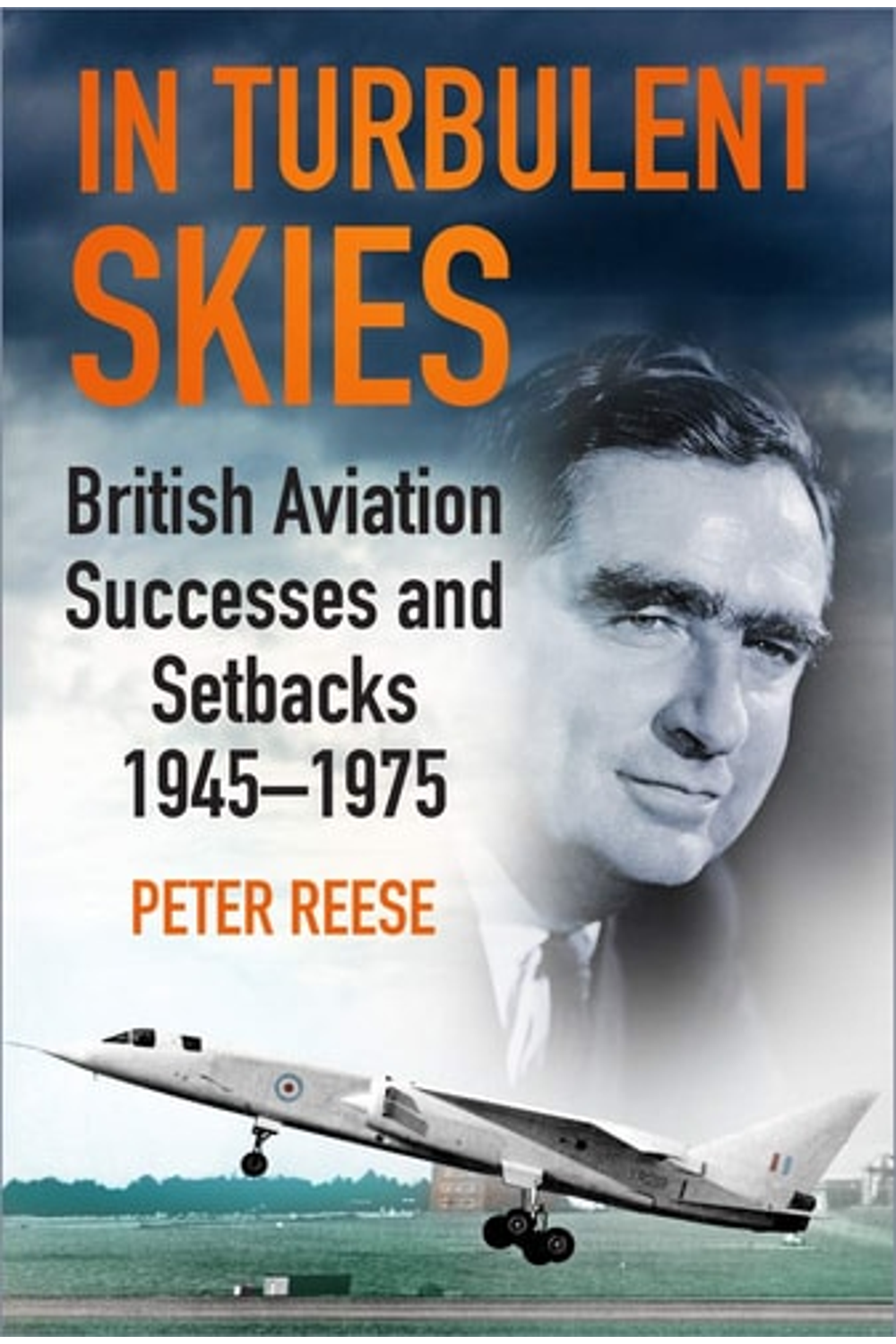Uncover the dramatic story of British aviation’s post-WWII decline with Peter Reese’s *In Turbulent Skies*. This 2020 History Press release explores the complex blend of government missteps, technological hurdles, and economic realities that grounded Britain’s once-soaring aerospace ambitions. Reese analyzes the impact of the Brabazon Committee’s flawed plans, the controversial cancellation of key aircraft programs (including the TSR2), and the struggle to compete with the US in the civilian airliner market. The book examines both iconic designs like the Harrier jump jet and cautionary tales like the Comet, offering insights into what went wrong. Perfect for aviation enthusiasts and those interested in British history. ISBN: 9780750993029.
In Turbulent Skies
25,76 $
In stock
IN 1945 confidence in British aviation was sky-high. Yet decades later, the industry had not lived up to its potential. What happened?The years that followed the war saw the Brabazon Committee issue flawed proposals for civil aviation planning. Enforced cancellations restricted the advancement of military aircraft, compounded later on by Defence Minister Duncan Sandys abandoning aircraft to fixate solely on missiles. Commercially, Britains small and neglected domestic market hindered the development of civilian airliners.In the production of notorious aircraft, the inauspicious Comet came from de Havillands attempts to gain an edge over its American competitors. The iconic Harrier jump jet and an indigenous crop of helicopters were squandered, while unrealistic performance requirements brought about the cancellation of TSR2.Peter Reese explores how repeated financial crises, a lack of rigour and fatal self-satisfaction led British aviation to miss vital opportunities across this turbulent period in Britains skies.
- Additional information
- Currencies
- USD – United States dollar
- EUR – Euro
- GBP – Pound sterling
- CNY – Chinese yuan
- BRL – Brazilian real
- MXN – Mexican peso
- JPY – Japanese yen
- PHP – Philippine peso
- THB – Thai baht
- PLN – Polish złoty
- CAD – Canadian dollar
- MYR – Malaysian ringgit
- AUD – Australian dollar
- TWD – New Taiwan dollar
- CZK – Czech koruna
- SEK – Swedish krona
- HUF – Hungarian forint
- ILS – Israeli new shekel
- CHF – Swiss franc
- HKD – Hong Kong dollar
- DKK – Danish krone
- SGD – Singapore dollar
- NOK – Norwegian krone
- NZD – New Zealand dollar





